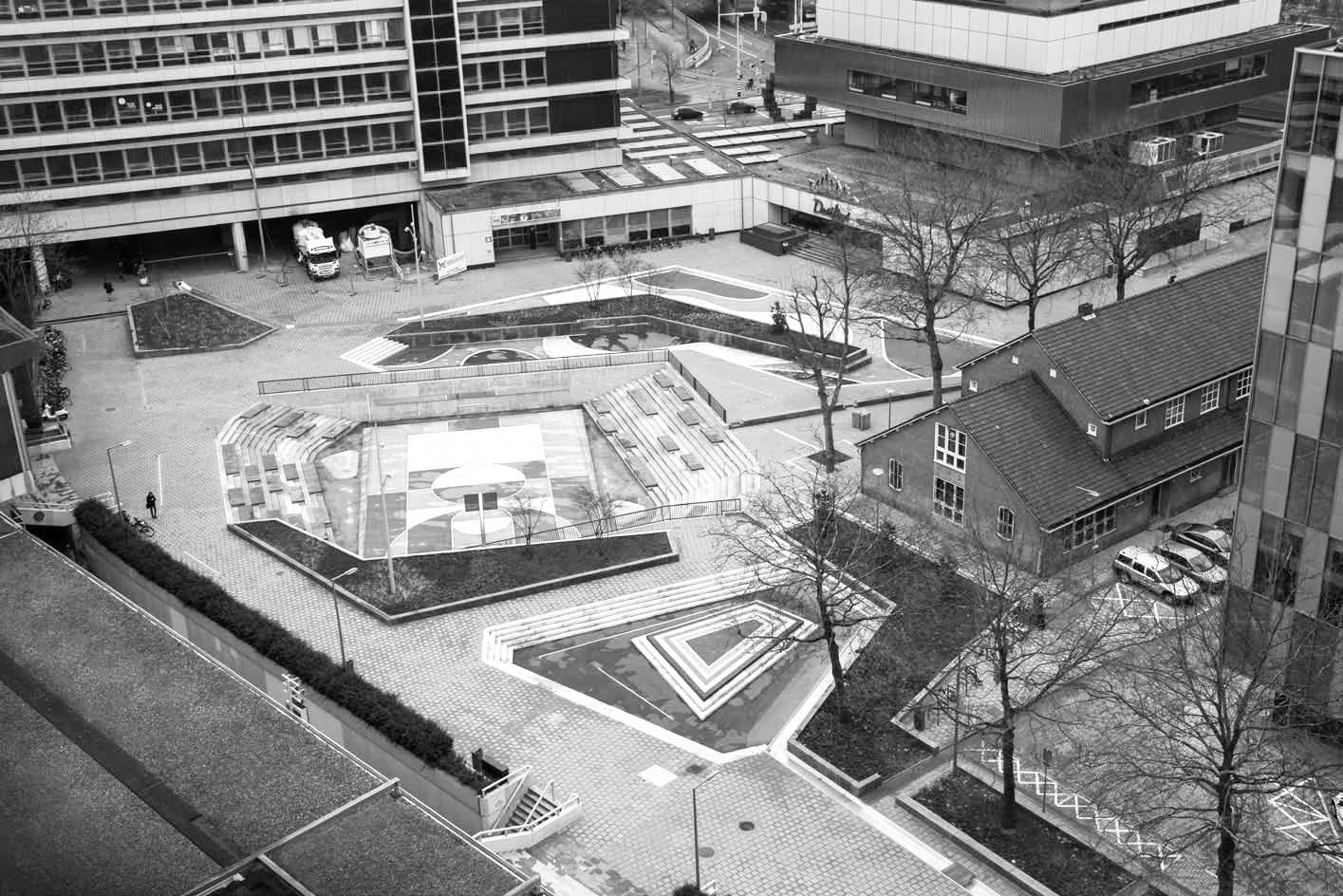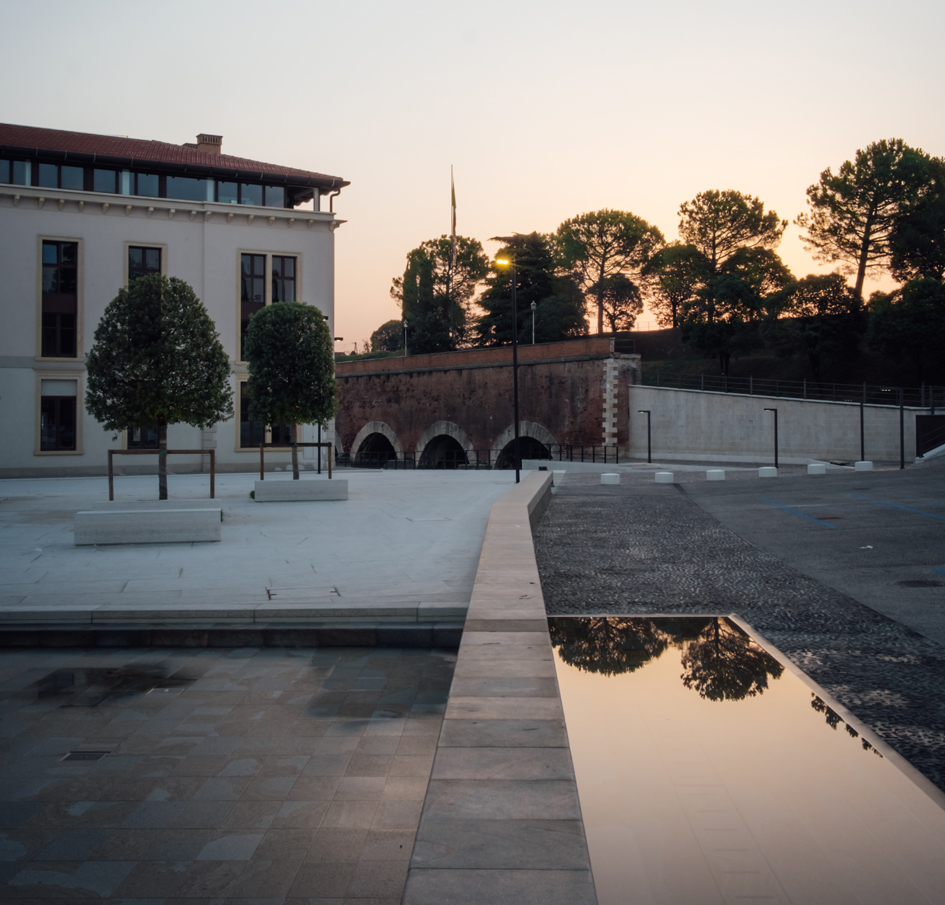PUBLIC SPACE. BETWEEN THE NEED FOR GENERALITY AND THE SEARCH OF PROXIMITY
introduction
Marco Burrascano
In recent decades, the generation of public space has left its infrastructural character, moving from a denotative to a connotative function: from being the definition of a base for urban life in cities to the representation of specific themes; urban open spaces have lost their characteristics of generality and replicability, typical of the 19th-century city, substituting them with originality and figurativeness. Public space has changed along with its city, adapting to the uncertainty of the contemporary urban space and often trying to adjust through isolated, heterogeneous and creative solutions outside planning processes. Generally, a clear separation can be seen between urban planning and public space identity, unlike the urban planning tradition of industrial-age European cities, where open space elements were an integral and determinant part of urban plans. Still today, it is easy to recognize Paris, London, Lisbon, Barcelona, Berlin or other cities, thanks to a generic photograph of a street or a square: this is thanks to the treatment of the public space and the building façades.
That urban model already included vehicular traffic, yet in a minimal share: there was a substantial vision of pedestrians as protagonists of the public space. Hence, the rise of urban planning corresponds to a definition of public space as a set of streets, squares and enclosed gardens, with great care for technological systems.















